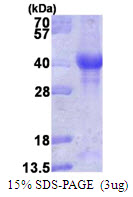order histories, retained contact details for faster checkout, review submissions, and special promotions.
Forgot password?
order histories, retained contact details for faster checkout, review submissions, and special promotions.
Locations
Orders Processing,
Shipping & Receiving,
Warehouse
2 Shaker Rd Suites
B001/B101
Shirley, MA 01464
Production Lab
Floor 6, Suite 620
20700 44th Avenue W
Lynnwood, WA 98036
Telephone Numbers
Tel: +1 (206) 374-1102
Fax: +1 (206) 577-4565
Contact Us
Additional Contact Details
order histories, retained contact details for faster checkout, review submissions, and special promotions.
Forgot password?
order histories, retained contact details for faster checkout, review submissions, and special promotions.
PINK1
PTEN induced putative kinase 1
Protects against mitochondrial dysfunction during cellular stress by phosphorylating mitochondrial proteins. Involved in the clearance of damaged mitochondria via selective autophagy (mitophagy) by mediating activation and translocation of PARK2. Targets PARK2 to dysfunctional depolarized mitochondria through the phosphorylation of MFN2. Activates PARK2 in 2 steps: (1) by mediating phosphorylation at 'Ser-65' of PARK2 and (2) mediating phosphorylation of ubiquitin, converting PARK2 to its fully-active form (PubMed:24660806, PubMed:24751536, PubMed:24784582).
| Gene Name: | PTEN induced putative kinase 1 |
| Family/Subfamily: | Protein Kinase , NFK |
| Synonyms: | PINK1, BRPK, PTEN induced putative kinase 1, PARK6, PTEN-induced putative kinase, Protein kinase BRPK |
| Target Sequences: | NM_032409 NP_115785.1 Q9BXM7 |
Publications (23)
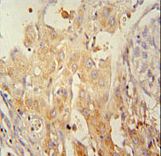
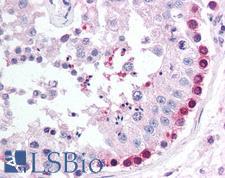

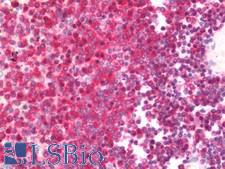
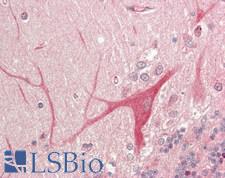






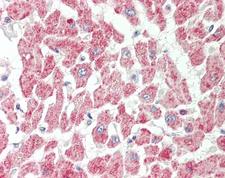

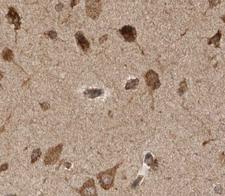
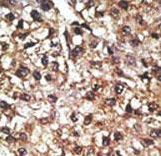
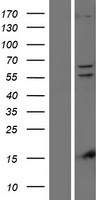

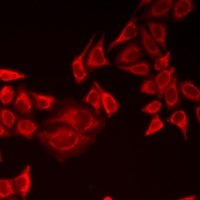
If you do not find the reagent or information you require, please contact Customer.Support@LSBio.com to inquire about additional products in development.


